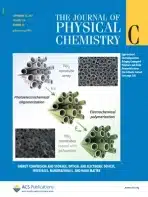
Sébastien Devillers, Jean-François Lemineur, V. S. Dilimon, Bastien Barthélémy, Joseph Delhalle, and Zineb Mekhalif.
Abstract
ABSTRACT: Layer-by-layer assembly of polyelectrolytes is an efficient method for the formation of functional thin films with the prospect of biomedical applications. Polyethyleneimine (PEI) is commonly used as an adhesion promoter but has been shown to be potentially cytotoxic and therefore could not be suitable for biomedical applications besides providing no or little corrosion protection to the underlying substrate. In the present work, we report on the use of a self-assembled phosphonic acid monolayer as a corrosion inhibitor and adhesion promoter for polyelectrolyte multilayer (PEM) formation on nickel substrates. The interest in using a phosphonic acid monolayer as an adhesion promoter for the deposition of polyelectrolyte multilayers lies in the robust grafting of the PEM adhesion promoter to the modified surface and the corrosion inhibition provided by this monolayer. This protection is crucial when considering the biodegradability of many polyelectrolytes used for biomedical applications. Nickel surfaces have thus been modified with an 11-methylundecanoatephosphonic acid monolayer. This monolayer has been shown to significantly improve the nickel corrosion resistance. Hydrolysis of the ester terminal function of this monolayer allowed the formation of negative charges on the modified nickel surfaces and therefore the successive deposition of chitosan and alginate layers.
Related Compounds
